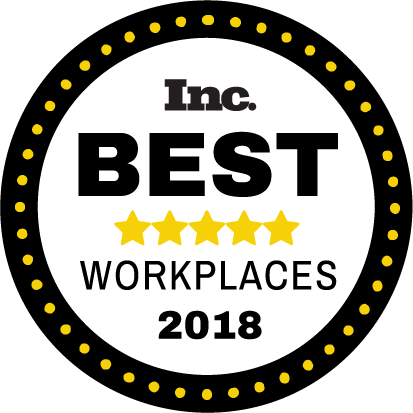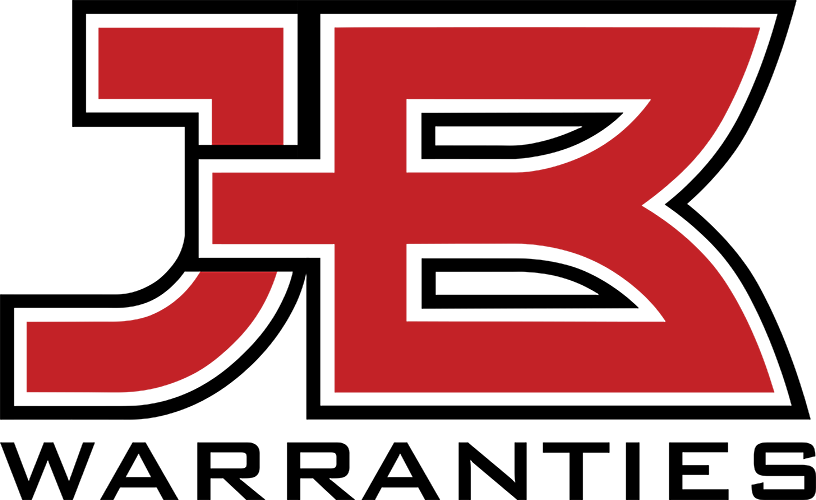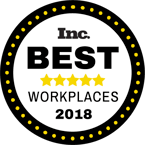Every experienced plumber knows that piping options are like wrenches: plenty will get the job done, but there's always a favorite for a reason. When evaluating PEX vs CPVC for your plumbing projects, consider these key differences for your business.
Make your list and check it twice, because the only thing moving faster than copper prices these days is the work week. November came and went in a flash, and now that the Thanksgiving festivities — and the joy that is Brown Friday — are behind us, the holiday season is officially front and center. Still, there’s plenty of news to unwrap before we call it a year.
Think of your financial KPIs as the vital signs of your business. Just like a doctor checks your pulse and blood pressure, these metrics tell you whether your company is healthy, struggling, or somewhere in between.
We've all felt the frustration of hiring a technician who looked great on paper but couldn't diagnose a basic system in the field. With over 40,100 HVAC job openings annually and fierce competition for talent, understanding the landscape of HVAC tech training programs is essential for building a capable team.
As the spooky season wraps up, it’s time to trade cobwebs for copper pipes and shift into holiday gear. Between Veterans Day, Thanksgiving, and yes, even World Toilet Day (November 19, for those marking their calendars), November tends to fly by. It’s a jam-packed month that gives us plenty to celebrate, reflect on, and prepare for leading into the busiest stretch of the year.
As the year winds down, HVAC contractors are focused on finishing strong and setting up for a profitable new year.
Effective marketing for HVAC contractors is no longer optional. While the HVAC market was $310.6 billion in 2024, it is projected to grow from $328.1 billion in 2025 to $545.4 billion in 2034 this growth brings intense competition. Your technical skills are crucial, but without smart marketing, potential customers won't find you.
According to DataReportal’s Digital 2024 report, approximately 45% of social media users research brands on social media platforms—and with about 5.35 billion internet users and 5.04 billion social media user identities worldwide (source: Digital 2024: Global Overview Report — DataReportal – Global Digital Insights), that indicates that there are many social media users searching for brands and for service providers on the internet. Video now dominates (people spend about 45 minutes/day on YouTube) while memes and community stories humanize your brand. Bottom line: the right HVAC social posts earn trust, show expertise, and plant the seed for your next service call—24/7.
Fall is officially in full swing. National Tradespersons Day on September 19 gave us a chance to celebrate our hardworking contractors — so consider this a belated high-five from the team at JB Warranties. Now, as the season shifts from treats to tricks, the only real jump scare would be missing out on the latest HVAC and plumbing news.
Increasing the Value of Your HVAC or Plumbing Business starts with understanding that your company is worth far more than its annual revenue. Whether you're planning an exit, seeking financing, or building a legacy, maximizing business value requires a strategic approach.






